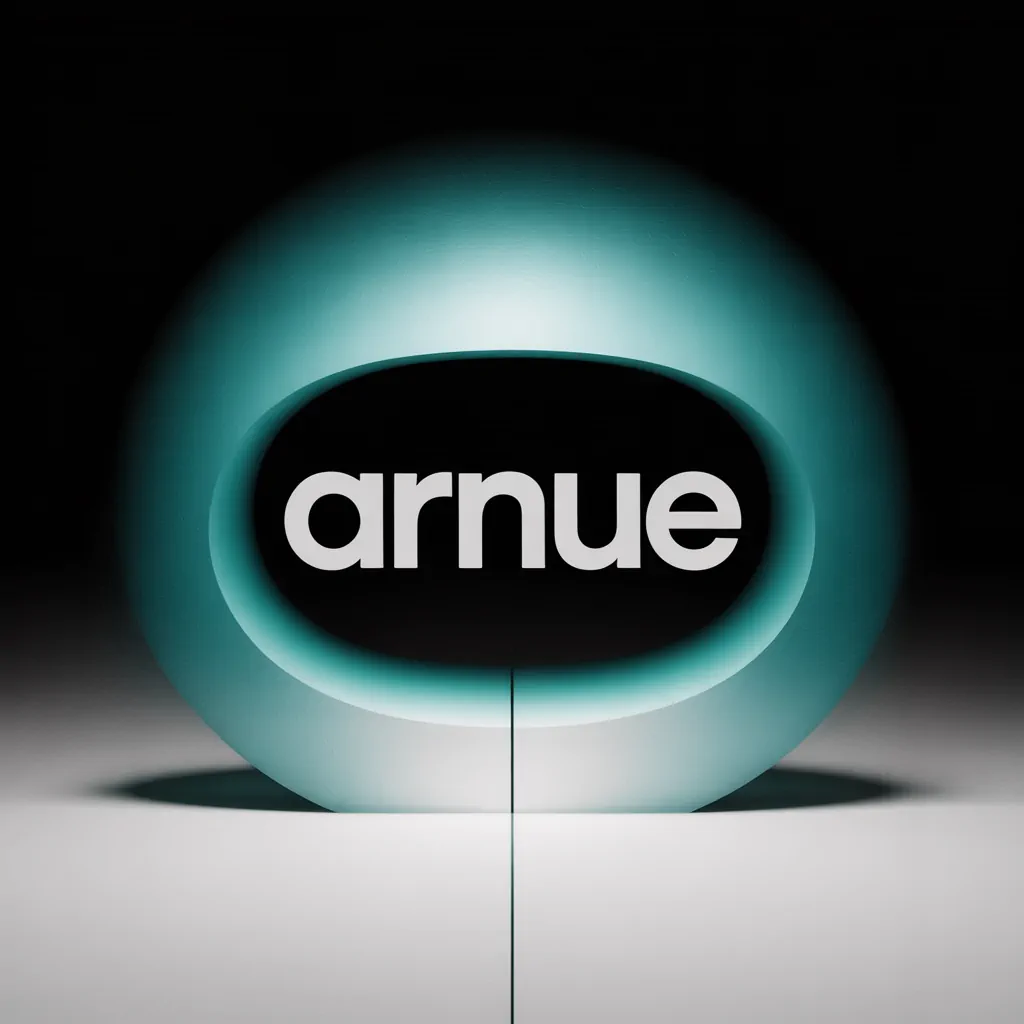Audio
Browse premium domain names carefully selected for your industry.
The right domain can captivate your audience quickly. Premium audio domain names make your brand appear solid, trustworthy, and unforgettable. They ensure your brand is the go-to for listeners, clients, and partners in industries like podcasting and music tech.
Short .com names are great for the audio world. They're easy to remember and type. This simplicity is perfect for voice searches and social media. It helps your audio business stand out in ads and app stores, boosting your brand.
This guide offers steps to choosing great names. It covers naming rules, ideas, and ways to check if a name works. The goal is simple: find a name that's easy to say, remember, and grow with your company.
Begin with names that show strength and trust. If people hear your name once, it should stick. That's the power of .com domains. They increase visibility and direct more visitors to your site.
Looking for unique domain options? Check out Brandtune. It has a collection of premium audio domain names that stand out. Visit Brandtune.com for short, memorable .com domains ready to enhance your audio business.
Why Premium, Brandable .com Domains Elevate Your Audio Brand
Your domain introduces your business. A top .com means confidence even before hearing a track. It influences how people see your audio brand and positions you as a leader. This gets listeners, partners, and investors ready for great things.
Perceived quality and trust signals in audio markets
A short, neat .com shows you are trustworthy. It signals you're stable and professional. This makes people more likely to subscribe or try demos, helping you get more users.
Quick judgments are common in our industry. A straightforward web address helps in forming partnerships. You'll face fewer hurdles and enjoy quicker starts in joint promotions.
Memorability and word-of-mouth in podcasting and music tech
Audio brands spread when people talk. A catchy name is remembered after being mentioned just once. This helps more people recognize your podcast. Saying your name often increases search and interest over time.
Easy-to-remember .coms help people talk about you online and offline. They ensure your name is shared right, preventing fans from mixing up your name with others'.
Direct traffic benefits for streaming and audio SaaS
Short .coms make people more likely to visit your site directly. They make it easier for people to remember you and sign up faster. This reduces the money you spend on getting new users.
They also make your promotional links stronger at events or in ads. Even when tech changes, these URLs keep leading people straight to you, ensuring steady interest in your offers.
In a busy market, a unique name makes you stand out. It makes it easier for the press to cover you and keeps your offerings clear and organized.
Core Naming Principles for Short, Catchy Audio Domains
Your audience hears your brand first. Use sound naming rules to make them remember your brand right away. Short domain strategies work well. They use easy-to-pronounce domains. This makes your business stand out in apps and on-air reads. Make sure your name is clear and voice search friendly.
Keeping it short: syllable count, character limits, and readability
Try for one or two syllables. Keep it under 10–12 characters. Short names are easy to spot on mobile. They look good on cover art too. Pick simple letters and avoid tricky combinations.
Use lower case for URLs. Test that mixed-case names are still clear. A quick phone test helps ensure it's easy to recognize.
Phonetic clarity for voice search and smart speakers
Pick vowel–consonant patterns that are clear to ASR systems. Avoid words that sound like others. Test your name with Siri, Google Assistant, and Alexa. This ensures clarity and good voice search performance.
Choose domain names that are easy to say. This helps in noisy places or when using car systems. If voice assistants understand easily, your audience will too.
Avoiding hyphens and numbers to reduce friction
Avoid hyphens and numbers. They complicate spoken mentions. Stick to one word or simple compounds. Skip duplicate letters that cause mistakes when typing.
This makes your domain name easy to handle. It works well in ads and callouts. The name also fits into episode tags well.
Alliteration, rhythm, and sound symbolism for audio brands
Alliteration adds snap. Use p, b, and t for impact; s and sh for smoothness. Choose sounds that mean audio: wave, echo, pulse. A rhythmic name is easier to remember and say on-air.
Check how it sounds across different media. Make sure it works as an intro or a sign-off. The name should also fit in social media handles while following sound naming rules.
Choose the Best Premium Domain Name for Audio Business
First, decide what you are. Podcast network, studio, AI voice tool, streaming platform, or audio SaaS? Define your audience and what you promise them. This step is key in choosing a great audio domain and is where you start.
Make a list of what makes a good domain: short, easy to say, feels good, and stands out. Make sure your social media names match to grow your brand faster. Stick to this list when picking a top-tier .com domain.
Think of names that fit what you're selling. Ideas can be about sound like wave, echo, or terms like amp, boost, or creative words like mix, craft. Pick a focus and stick to it. This way, your name talks to the right people.
Grade your choices by: easy to remember 30%, sounds good 20%, looks clear 15%, different 15%, fits your field 10%, can grow 10%. Do checks within your team and some outside it. This careful way helps pick the best domain without random guessing.
Try the name out. Say it when you meet someone. Put it on designs and in emails. Speed up a podcast ad to see if it's still clear. Have people try to spell it after hearing it once. This helps make sure your name works well in real life.
Choose quickly. The best names go fast. If a name checks all boxes, grab it. Waiting can make marketing more expensive and slows you down.
Get ready to launch: make a simple brand kit with a logo idea, colors, fonts, and a catchy line. Open your name online, in apps, and everywhere all at once. Follow this guide to move smoothly from picking to launching your name.
SEO and Discoverability Considerations for Audio-Focused Domains
Your domain name is key. Pick one that shows who you are but also lets you grow. Think of discoverability as part of your image. Your content, structure, and data should all point to one easy-to-find place.
Balancing brandability with subtle keyword relevance
Focus on a name that sticks in people's minds first. Use related words like "pulse" or "tune" in your titles to stay on topic. This method keeps your audio site's SEO strong and clear without overdoing it.
Make your words easy to understand. Use short, catchy terms to stay memorable and define your topic. This way, you stand out but still match well with audio searches.
Type-in traffic vs. search intent for studios, pods, and tools
Short .com names are great for direct traffic from ads and events. This helps studios and podcasts be easily said, spelled, and remembered.
For SaaS and tools, use detailed content like tutorials. This helps people find you and grows your site's reach organically.
Domain age, history, and clean backlink profiles
Check a domain's past with the Wayback Machine and Ahrefs. Stay away from spammy backlinks and off-topic forums. These hurt trust.
A clean past means better search results and less cleanup. It's good for both search engines and visitors.
Using redirects and subdomains for catalogs, artists, and shows
Keep your main brand simple. Use paths or subdomains for different sections like podcasts. Redirect old URLs to keep your site's value and visitor flow.
Pair this with fast hosting and HTTPS. Use clear URLs and structured data. These steps boost your site's SEO and help people find you through search and voice.
Naming Frameworks That Inspire Brandable Audio .com Ideas
Your audio brand needs a catchy name that sounds good and is easy to remember. Use audio naming frameworks to find ones that match your style and goals. Aim for names for your .com that are short, easy to understand, and memorable.
Portmanteaus and blends tailored to sonic concepts
Portmanteau names are great when two words combine smoothly. Use sounds like mix, tune, or loop to show creativity and clarity. Make sure the sounds flow well so your brand name is easy to say and spell.
Metaphors: wave, echo, pulse, amp, vibe, loop
Metaphors in names add meaning about motion and energy. Combine words like wave or pulse with ones that show impact. This makes your .com name both creative and meaningful in just a glance.
Suffix patterns: -ly, -io-inspired sounds adapted to .com
Ending your brand name with certain sounds can set a tone. Turn -io sounds into catchy .com names with endings like -ly. Make sure they're easy to say and type on phones.
Real-word twists and coined words that feel familiar
Change up common words to create new, catchy names that are friendly. Tiny tweaks like changing a vowel make them unique but recognizable. Make sure they're easy to say, type, and look good as a logo.
Start with a shortlist from these naming frameworks. Then, test them out loud and in writing. Pick names that sound good right away, work in both caps and lowercase, and are easy to say worldwide.
Validation Checklist Before You Commit to a Premium Domain
Before buying, run a fast domain checklist. Start with showing the name for five seconds. Then, see if it's remembered after 24 hours. Do a podcast-style test to see if folks can repeat and spell it easily.
Try the name on Siri, Google Assistant, and Alexa. You want these devices to recognize it correctly. If they don't get it right, think about choosing another name. It's important that voice devices understand your domain.
Create a tiny version of your logo. Think about how it looks as an app icon or a favicon. Make sure it's clear and stands out. Your logo needs to look good everywhere, even on Spotify or Apple Podcasts.
See how your choice stands out from others. Compare it to brands like Spotify and SoundCloud. You don't want a name that's too close to others. Find a unique spot that fits with your domain ideas.
Think about whether the name can grow with you. It should work for new projects and partnerships. A good domain can handle change and growth.
Look into the domain's history. Check if it's clean and what its online past looks like. Use tools from Ahrefs or Semrush to look at backlinks. You want a domain with no problems from the past.
Make sure you're ready to go. Get social media names that match or are close. Have your sounds and visuals ready. Everything should be consistent for your launch.
Follow a decision rule. If the name does well in tests, decide fast. Your guide should help you know when to say yes or no.
Write down what you learn at each step. Keep track of your tests and choices. Being organized helps make better decisions and speeds up the process.
How to Use Brandtune to Discover Exclusive, Short .com Audio Names
Start by looking at Brandtune.com. It's a special marketplace for audio—like podcasting and music tech. Here, you find audio domains that are easy to remember and sound good. They save you time and help you pick the best short domains that are great for branding.
Then, use filters to find your perfect voice. You can sort by size, how many syllables, and sound features. Pick themes like wave or vibe to find names that match your brand. The site is easy to use. Just set your preferences and see options that fit your budget and brand.
Before making a choice, test out your favorites. Compare them and do live-read tests with your team. Test typing and speaking them to see if they're easy to remember. Choose the best Brandtune domains after these tests. Brandtune also helps with starting your brand. They give advice on how to talk, tell stories, and look, so you can start fast.
What you do next is simple: go to Brandtune.com. Explore their marketplace and pick great domains for your brand. Use their tools, test the names, and pick ones that make your brand stand out.




















